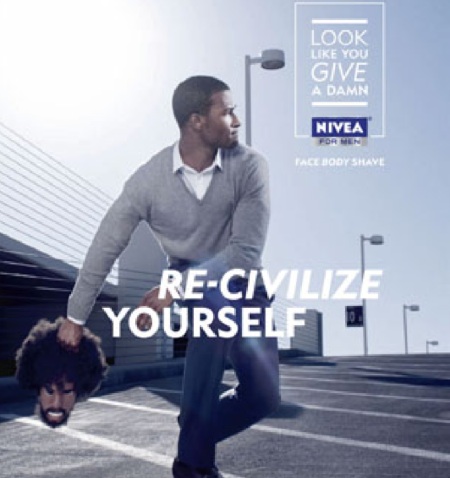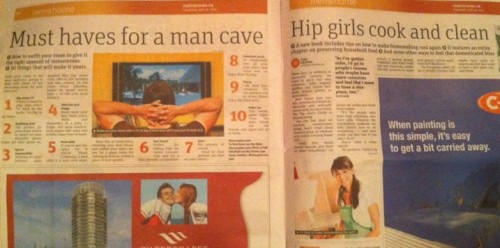
This month thousands of sociologists met in Las Vegas for our annual meeting. There were lots of opinions about the city and our accommodations at Caesar’s Palace. In the two-minute clip below, a sociologist who studies cities, Sharon Zukin, offers her thoughts on Las Vegas:
Lisa Wade, PhD is an Associate Professor at Tulane University. She is the author of American Hookup, a book about college sexual culture; a textbook about gender; and a forthcoming introductory text: Terrible Magnificent Sociology. You can follow her on Twitter and Instagram.













